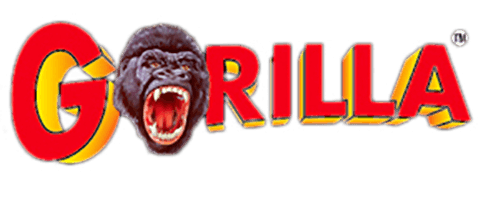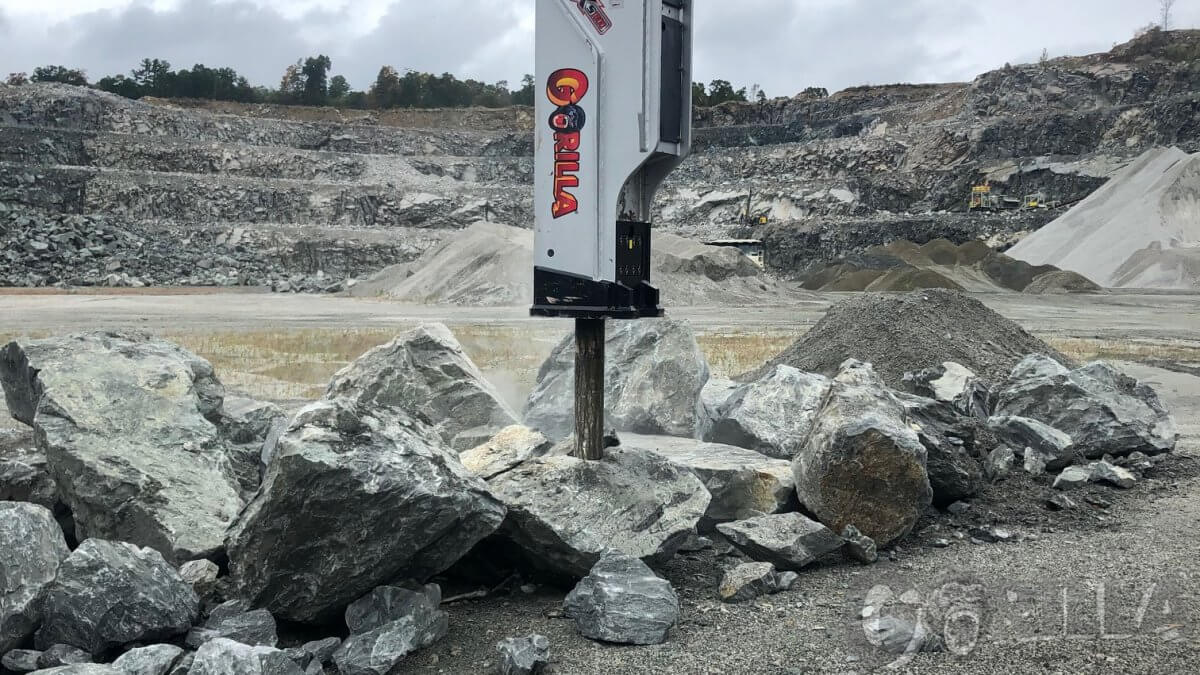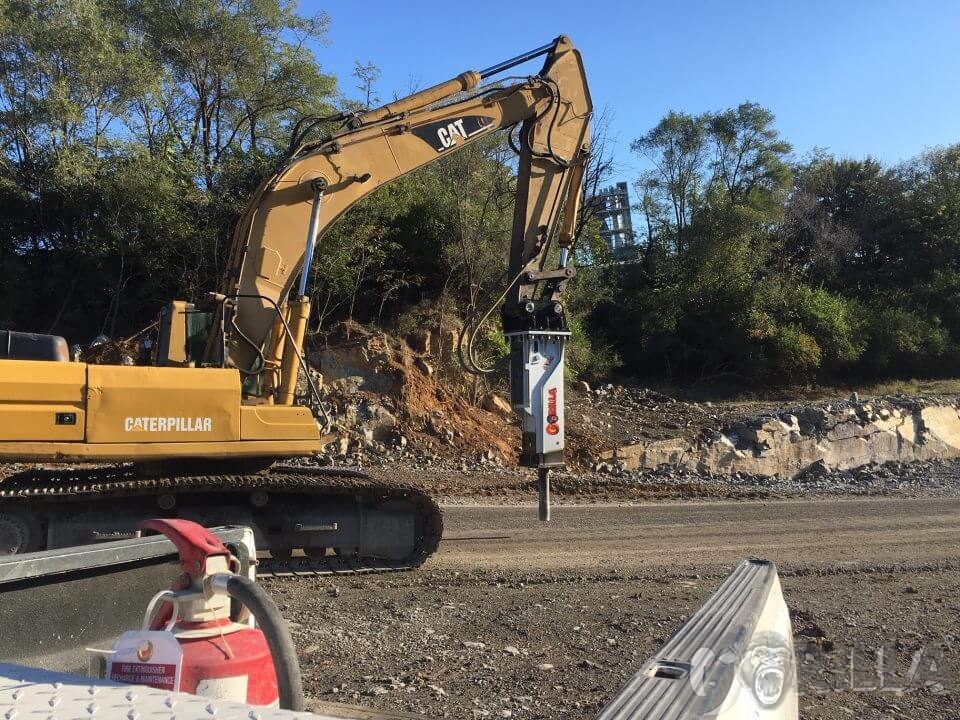
When Do I Need to Service My Hydraulic Breaker?
February 18, 2021
3 Benefits of Purchasing Hydraulic Hammers
September 28, 2021Hydraulic hammers, hydraulic breakers, and hoerams. Regardless of what you call them, they take a beating whether you are removing rock, a ledge for a foundation hole, demolishing concrete slabs or bridge decks, or trenching through bedrock to make way for underground utilities. They are the only piece of demolition equipment you own that is designed for, and subjected to, impact every operational moment. As such, these hydraulic hammer operators and your field or mobile technician should be checking certain points on a daily basis to avoid costly repairs. Just like the grease points on your skid steer, backhoe, or excavator that are greased at each break interval throughout the work day, your hydraulic breaker deserves the same attention.
Check all Fasteners
Due to the vibration and recoil that a hoeram is subjected to, it’s inevitable that some fasteners will loosen up over time. At least once a day, the operator should check the hydraulic hammer for missing bolts, loose tie rods, side bolts, or for the power cell “jumping” within the outer frame or cradle. A power cell moving within the cradle can lead to broken tie rods or side bolts. These fasteners are essential, and broken or loose tie rods can cause the power cell to shift; causing the hydraulic breaker to leak, and damaging the cylinder and strike piston. As side bolts and tie rods can be repaired without a complete reseal at the early stages, it makes sense to check your hammer as part of your heavy equipment maintenance program.
Grease, Grease and… Grease
Maintaining a thick film of chisel paste, hydraulic hammer lubricant, or grease are all critical to keeping out dust and reducing wear to the chuck housing, front head, upper bushing, lower bushing, tool retainers, and demolition tools or tool bits. Chassis grease is simply not good enough protection for a hydraulic hammer, so use chisel paste or hammer lubricant that will stick to the tool under high heat. Hammer mounted, or carrier mounted, auto greasers do save labor and time; but they are not foolproof. Hoses for auto greasers can break off, grease tubes do go empty, and chisel paste reservoirs do not refill themselves. It takes less than a minute of your operator’s time to check to make sure there is a film between the hammer wear parts and its demolition tool, yet saves thousands in hammer wear components.
Watch for Leaks
Hydraulic hammer leaks are extremely difficult to trace, but catching them early can save a lot of unnecessary repairs. Leaks at the hydraulic breaker hose inlet or outlet are often mistaken for cylinder leaks; since the oil eventually finds its way to the tool and bushing area, making it look like an internal leak. It takes hours to disassemble a hydraulic breaker or hoeram for repair, and a lot of these can be avoided by checking or leaks each day. If the leak is internal from the cylinder or the breather, the hammer should be stopped right away and the hydraulic breaker should be repaired. Internal leaks will not only wash away the chisel paste at the upper bushing and lower bushing, and cause premature wear, but they are a sign that the internal seals are not in place to protect against scuffing and scoring between the strike piston and the cylinder; which are very expensive to replace.
We’re Here to Help
Although you can prolong the life of your hoeram’s wear parts just by monitoring your hydraulic hammer daily, inevitably, they will wear out. Gorilla Hammers has your back with the technical assistance you need, and can help save you money when the time comes for a hammer repair. Whether you own an Allied, Rammer, Kent/Furakawa/FRD, Caterpillar, NPK, MontabertTramac, Rockram, or any other brand, we carry spare parts, tool bits, and demolition tools in chisel, moil or blunt shapes. Gorilla Hammers is a one-stop shop for you to replace and repair your hydraulic hammer to ensure that your company has the best equipment on the market. You can call Gorilla Hammers at 1 (888) 814-6745 or email us at sales@gorillahammers.com.




